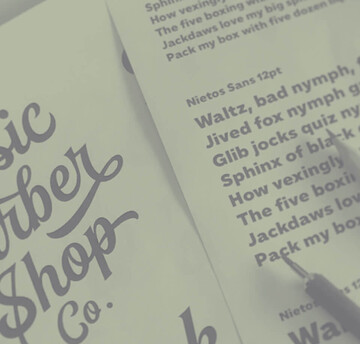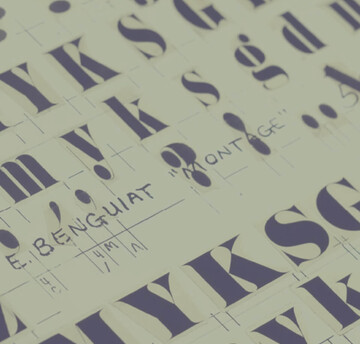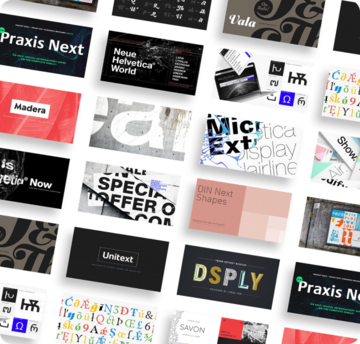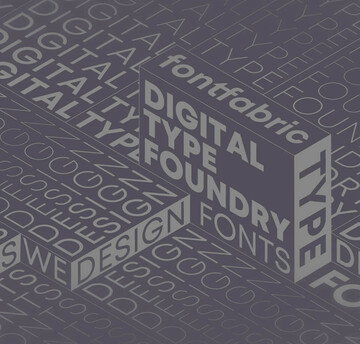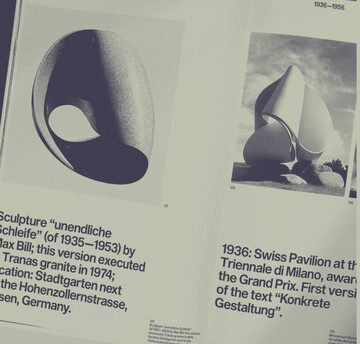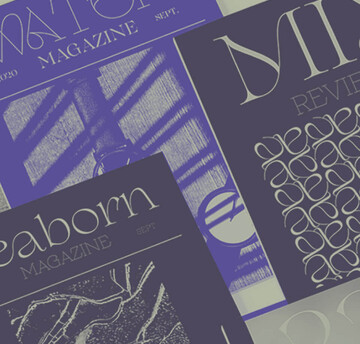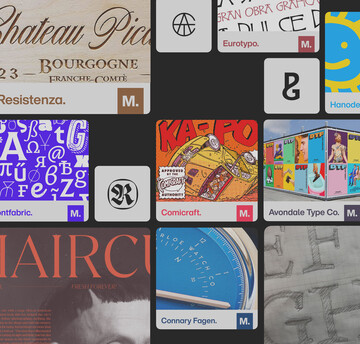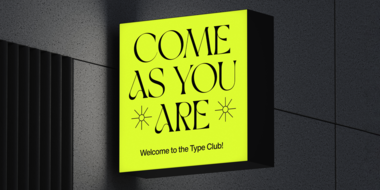5 Tips for facing a font compliance challenge.

There’s something empowering about being a problem-solver. In the case of fonts, that often means being the one to resolve font license gaps. Everyone at your organization uses fonts, after all, and you have the chance to say, “I got this. I’ll make sure our creatives have the right tools so they can design with confidence.”
If you’re reading this, you’ve likely been made aware that your font use might not match your font license. Propelled by curiosity and the call of leadership, you ask three classic questions: What? How? and Why?
Embracing the realization that all fonts come with licenses (yes, even free fonts) reveals a world of clarity and potential. You’re not merely confronting a challenge; you’re turning it into an opportunity to enhance your understanding and refine your practices. Let’s embark on this journey together, guided by a spirited pursuit of knowledge.
1. Ground yourself with a refresher on your understanding of a EULA.
What is font licensing? Font licensing refers to the contractually binding agreement made when a font user uses a font provider’s fonts. Because fonts files are software, End-User License Agreements (EULAs) outline the terms of the font license. How do font licensing gaps arise? Sometimes, EULAs allows for unlimited use. But more often, EULAs define the set conditions on use (e.g. permission to deploy but not to modify files). When your font use doesn’t match your font license, a compliance gap occurs. Why are font licensing gaps happening to you? Everyone uses fonts, yet few know who’s monitoring the licenses, so gaps can occur easily and almost always arise by accident. It’s not just you! It may simply be a case of having an insufficient auditing process in place. Have you considered using a program that tracks font use and font licenses is capable of flagging potential conflicts?
2. Find the right plan(s) of action.
Next, understand that resolving a font licensing problems typically requires a two-pronged approach:
- Determining which fonts, use cases, or other parameters should have been in place.
- Identifying fonts, use cases, and other contractual parameters you need to have in place going forward.
3. Don’t shoot the messenger!
The person who broke the news is not looking to harm you, they’re the ones showing you the issue and the fix! Perhaps it’s someone within your organization, perhaps it’s a foundry representative, either way, let them help you, you have the same goal.
4. Recall the two-pronged approach and check your expectations
When dealing with licensing gaps in the past, remember that you’ve been using fonts without proper consideration, so dealing with the issues is a simple matter of balancing the books. The messenger can help you, especially if they’re a foundry agent. Once that’s done, you can turn your attention toward a forward-looking font strategy that works for you. Maybe a set Plan is right, or maybe a bespoke agreement is needed; Montoype can help you scope out your needs and identify firm coverage needs for now and flexible coverage needs for the future.
5. Future-proof your font use.
To avoid these sorts of mix-ups going forward, more and more creatives are turning to Monotype Fonts. In addition to its extensive font library, the built-in font licensing system has tools that make the process intuitive. These include flagging potential gaps as they arise and guiding you through the process of resolving them quickly without breaking a sweat. You know what to do. The question now is, when? If you ask us, there’s no time like the present. Email [email protected] to talk to us.

